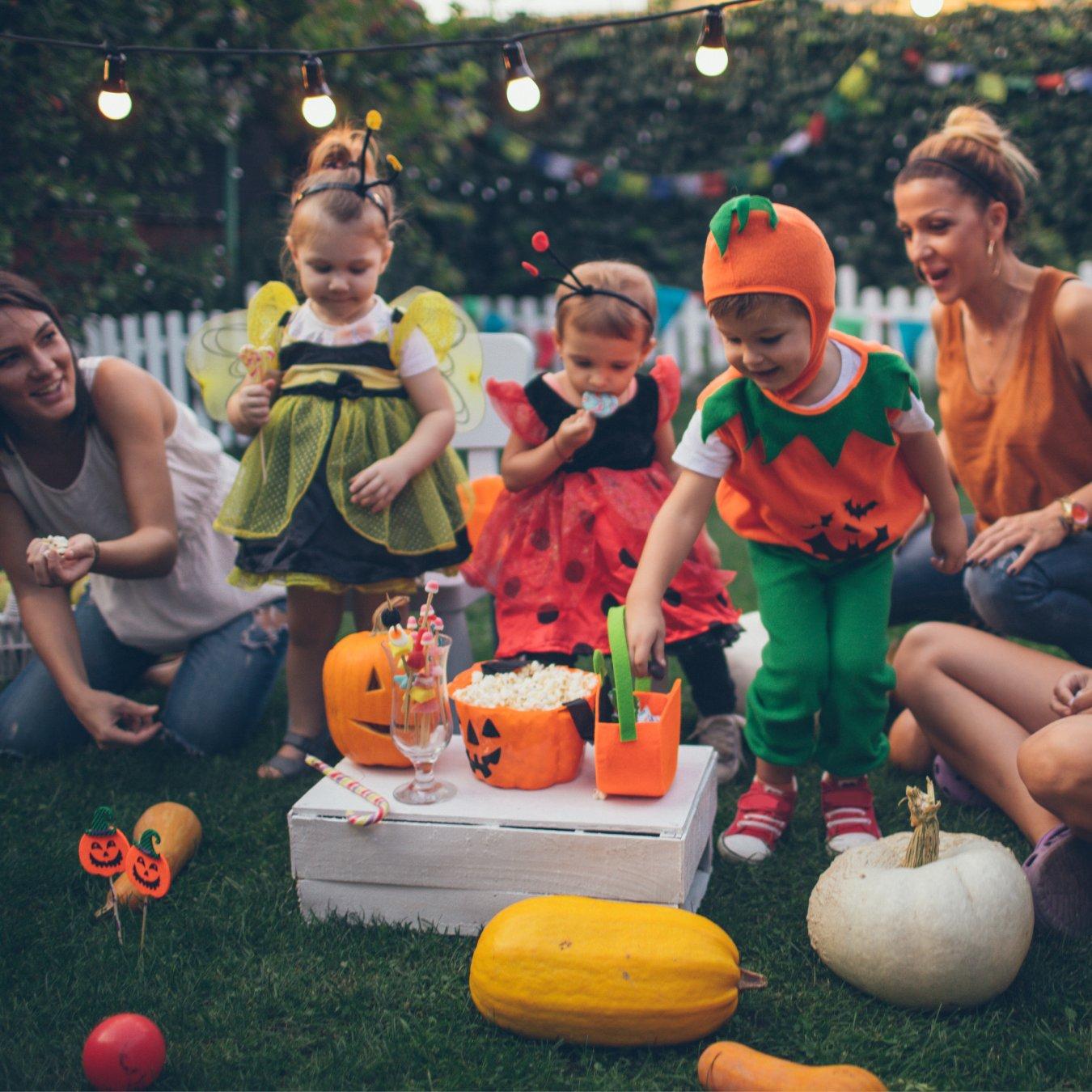Halloween is an exciting time for kids, filled with costumes, spooky decorations, and of course, the coveted Halloween candy. While it’s essential to let children enjoy the holiday, it’s equally vital to set boundaries to protect their teeth from cavities. In this post, we’ll explore the reasons why it’s crucial to establish guidelines for Halloween candy consumption and provide practical tips to strike a balance.
What’s wrong with a little sugar?
The biggest concern that we as dental professionals have with Halloween, is the sheer quantity of candy kids can accumulate and the potential for weeks of unregulated sugar onslaught that can happen on their teeth. After a heavy night of collection, I’ve seen kids sacking around a quarter of their body weight in a pillowcase filled with what amounts to around 90% sugar. If left to their own devices, that candy could easily get picked at over the course of the next few months with unintended consequences that can lead to long-term problems. Setting the dental effects aside for a moment, the frequent consumption of sugar can cause some major changes to your child’s brain and body. The excess, empty calories that are consumed can lead to weight gain and obesity at an early age which are terrible on their own, however, the effects on the brain can be even worse. Studies have shown that the effects of sugar on the developing brain can reduce cognitive abilities and even lead to greater risks for Alzheimer’s disease . You know that warm, fuzzy feeling you get when you eat a chocolate bar after a hard day? That’s dopamine that is flooding your brain from the sugar in that bar which helps you temporarily feel better. Dopamine is all well and good, but when your child starts associating that feeling of warm, fuzziness with the indulgence of food, suddenly that rush can become addictive for lack of a better word and start to spiral into an unhealthy relationship with food from a very early age. Now, the effects of frequent sugar consumption on their teeth should hopefully be obvious, but in case it’s not, I’ll lay out the science for you. Sugar feeds certain bacteria in your mouths that then convert that sugar (think of it as bacteria poop for lack of a better term) into an acid. As that acid accumulates on your tooth, it erodes away the surface and becomes a cavity.
What you can do as a parent
So what can we do as parents to better set our children up for success around a holiday that is set up primarily around sugar indulgence? Here are a few tips that can help you and your child out:
- Don’t go crazy. This is meant to be a fun time and absolutely should be, so don’t go absolutely nuts and cancel Halloween in your house. Kids can still participate and indulge with some boundaries in place to protect their developing bodies, brains and their teeth.
- Set a limit and stick to it. Have a certain sized bag, a certain amount of time or a certain number of houses that you go to with that expectation being set ahead of time for your child. Maybe you give them a smaller bag and the limit is that when the bag is filled, then your trick or treating is done. Maybe you go trick or treating for only one hour or you can set the limit based on 10-15 houses. Whatever your limit is, the goal is to avoid the situation where your child is coming home with a garbage bag full of candy at the end of the night.
- Create boundaries around WHEN your child can eat the candy and WHERE that bag is kept. Allowing a piece when they get home from school and/or when they finish their dinner is a great way to set expectations around how much they can eat and when it’s appropriate to do so. Allowing carte blanche on consumption is what we really want to avoid. Keeping the bag in a place where there is some control over it can also prevent unmitigated consumption. Most children should not be expected to limit themselves with something so tempting which is why we as parents need to step in and give them some guidance.
- Create a deadline for when that candy goes “bye bye”, preferably a week or less. Let them know that after that week is passed, the candy can go to a “switch witch” (look it up online…it’s a great idea for younger kids), in the trash or even to a charity like soldiersangels.org
- Not all candy is created equal from the perspective of your teeth. Chocolate and soft, dissolvable candies are much better for your teeth than hard, sticky candies. When a candy dissolves, it can be rinsed from your teeth much quicker from your saliva or water than a gummy or hard candy that gets stuck in between or on the chewing surface of your teeth. If you can, guide your child to these better alternatives.
Conclusion
Kids tend to do really well when expectations are set beforehand and a defined set of boundaries are in place for them to operate inside (general pro-parenting tip). Have a plan in place to set your child up for success this Halloween and while they may not thank you for it now, their future bodies, brains and teeth certainly will.
If you have concerns about your little Trick-or-treater from their Halloween (or any other time) candy consumption, contact us and we would love to help you out.
